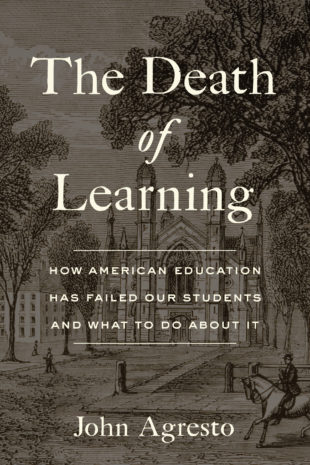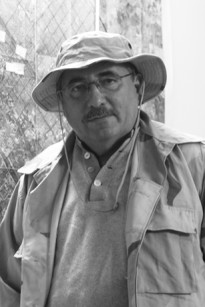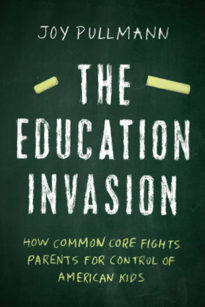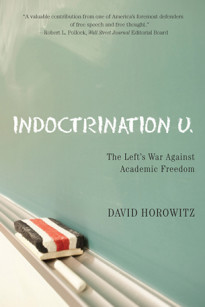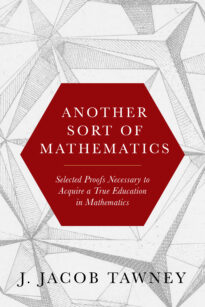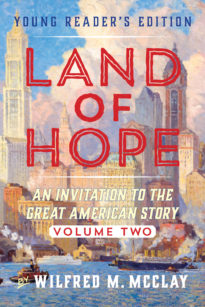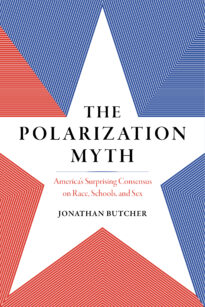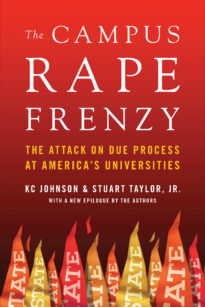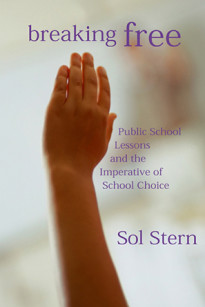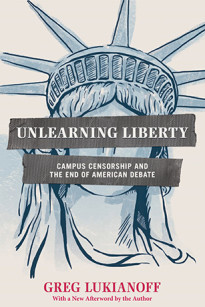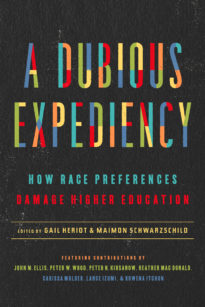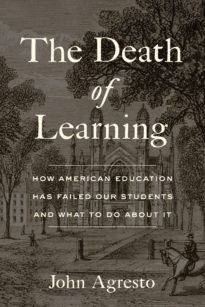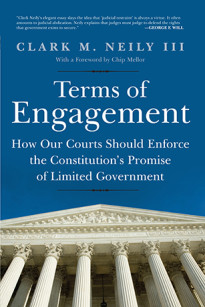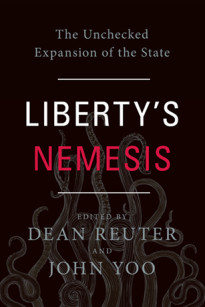Asimple question: What are the liberal arts?
Well, perhaps it’s not so simple. Like the blind men holding on to different parts of the proverbial elephant, most people— from parents and students to professors and university presidents—have their own views of the matter. But (again like those with the elephant) even partial views often have some truth behind them. Perhaps at the furthest end, if you ask an average undergraduate what the “liberal arts” might be, you risk being told that they are those courses the university forces all freshmen to take before they’re allowed to take what actually interests them. No doubt an honest but clearly not a terribly helpful answer.
Others try to be more exact: “We had to take things like history and literature in high school, but no one paid much attention because we thought they were boring. So now they make us study them in college. I guess they hope this time something will stick.”
Now, in mentioning fields such as literature and history, perhaps we’re getting closer. It certainly is true that the liberal arts cover subjects that are more “academic,” subjects that range from history and literature to calculus and philosophy. That is, subjects that are not in themselves clearly vocational or pre-professional. (Or, as an audacious few might be quick to say, the liberal arts are those subjects that are both boring and useless.)
Beyond what students might think, parents and the public itself are often puzzled as well. Many wonder why they must spend so much money to support something “political”: “Why do our kids have to study these ‘liberal’ subjects? Why not ‘conservative’ subjects, too?” These days, with progressive and “woke” activism entrenched in so many campuses, this question is more pressing than ever. But, for now, let’s simply say that while a decent and thorough liberal education will surely make us wiser about politics and the great political alternatives, the liberal arts are not in themselves—or, more pointedly, should not be—in the service of any political or partisan stance, whether Tory or Whig, liberal, conservative, Marxist, left-wing, or libertarian.
So, if the liberal arts are hard to define, if they come across as “political” rather than as educational, if too many students think of them as boring, and others see them as merely bookish and with no clear practical value—is it any wonder that the liberal arts have fallen on hard times?
Now, aspects of this predicament aren’t new. There has been throughout our history a tension in America’s approach to education. To many if not most Americans, schooling means training: the learning of a variety of very practical skills, perhaps as the gateway to a profession. Other Americans think that education should involve something “higher” than training, something intellectual, scholarly, cultural. That historical tension—between the practical and productive and the intellectual and academic—resides at the core of America’s escalating ambivalence toward, and rejection of, liberal education.
Traditionally, liberal education has always seen itself in the camp of the cultural and intellectual, in the realm of thought more than action. If we insist on making a distinction between “education” and “training,” then clearly the liberal arts traditionally fall within the camp of studies that are more “academic” than practical, an education rooted in thinking rather than doing. It is true—non-liberal education clearly has more practical effects than liberal education. But it would be liberal arts pomposity squared to say that the more “practical” arts are devoid of serious thought or that they involve thinking of a lower order. If you forget this observation, rest assured that we will come back to it later.
Now many who defend the liberal arts attempt to make a virtue out of what the liberal arts are not. True, a liberal arts education is not, in itself, knowledge of a trade or occupation. It is not training for a profession or for any particular career the way one studies accounting to become a CPA or the culinary arts to become a chef. Rather, we find our studies sometimes described as learning simply for the sake of knowing—though learning “for its own sake” is hardly a view that wins many converts to the cause of the liberal arts.
What else should be noted beyond the contrast between a more “academic” and a more practical education? Our students are correct in saying that when we discuss the liberal arts we generally have in mind certain subjects such as history and literature. Indeed, an older view of the liberal arts (in a way that now sounds huffy and dogmatic) listed seven liberal arts, no more, no less.* While this overview of the liberal arts seems terribly narrow to us these days, one good aspect of it was the understanding that mathematics and science, and not simply what we know as the “humanities,” were also part of this fine thing historically known as the Liberal Arts. That is, the liberal arts comprise language, literature, history, politics, and philosophy as well as mathematics, the physical and biological sciences, and the study of the universe with all its complexity and wonder.
For now, let’s let this serve as a review: We understand that the liberal arts encompass certain academic subjects, though which ones and how many seems still up for grabs. We also recognize that a liberal education is not the whole of education, but one kind among many. Some argue that liberal education is the finest education. But in doing so we must acknowledge that often it is other species of education—vocational, professional, and many of the studies included in what is now called a STEM (science, technology, engineering, and mathematics) curriculum—that many of our fellow Americans, including our students, see as most valuable. And, as we shall discuss, absolutely no good reason exists to dismiss or belittle this view.
